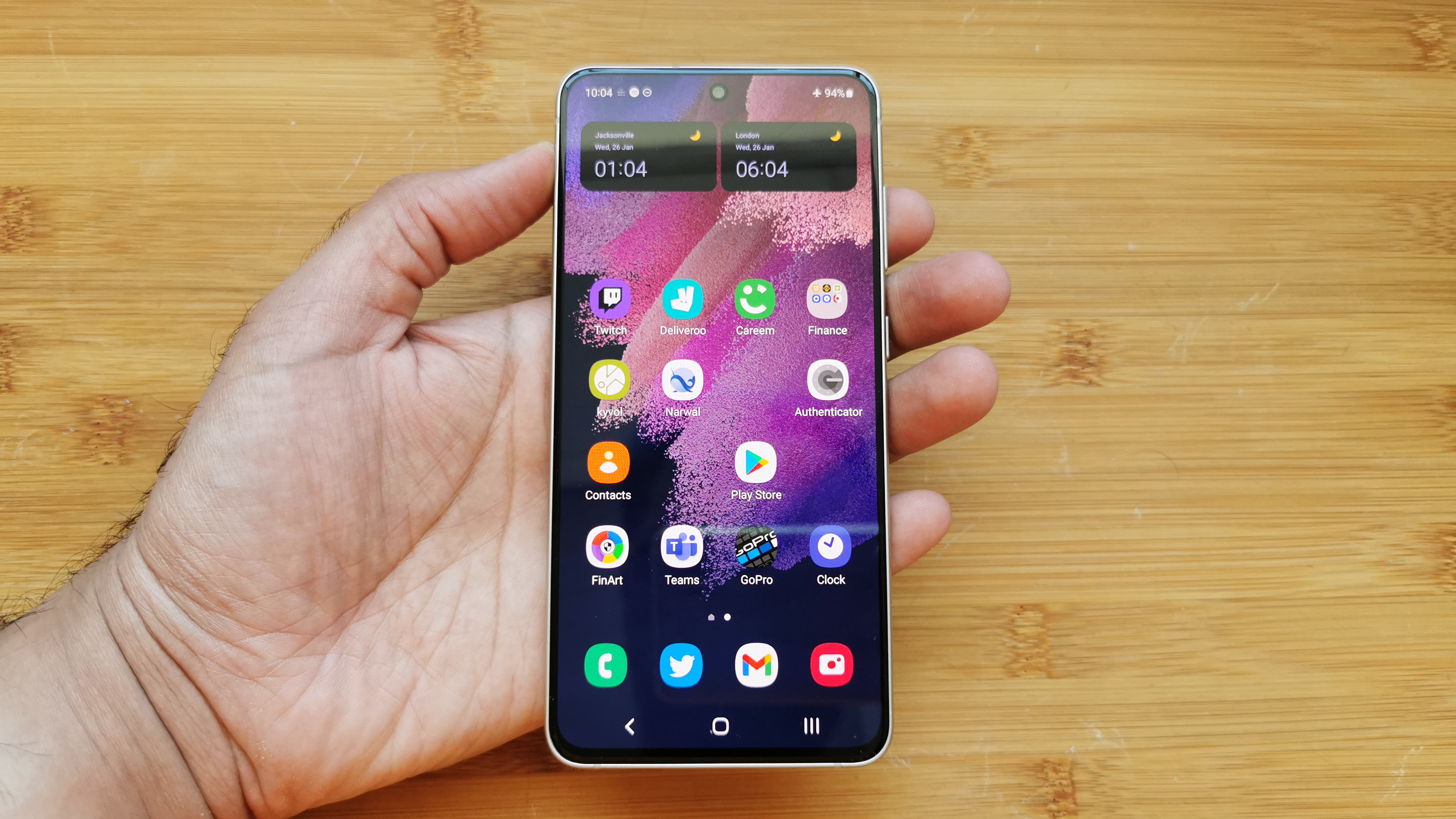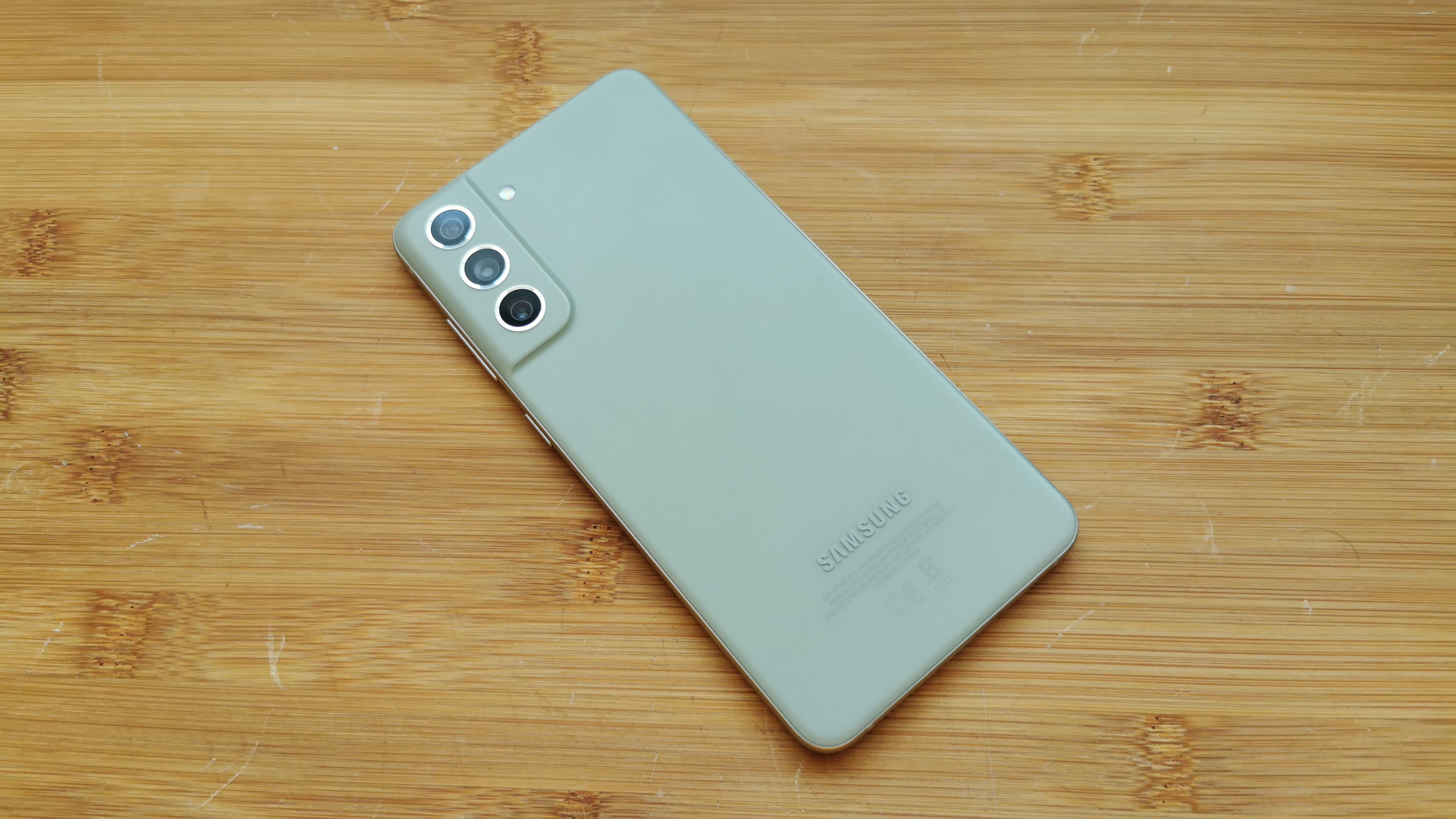If the Samsung Galaxy S22, Samsung Galaxy S22 Plus and Samsung Galaxy S22 Ultra didn’t quite do it for you, there might be one more member of the S22 line left to consider, as we’re likely to see a Samsung Galaxy S22 FE.
This would probably be an upper mid-range handset, designed to slot in at the bottom of the line. But given that the Galaxy S22 will have seen some price cuts by the time it lands, that may not neatly pan out.
In any case, below we’ve collected everything that we’ve heard so far about the Samsung Galaxy S22 FE, and we’ve also included a wish list of things that we want from the phone.
Cut to the chase
- What is it? A more affordable member of the S22 line
- When is it out? Probably October or later
- How much will it cost? Likely at least £699 / $699 / AU$999
Samsung Galaxy S22 FE release date and price
It’s hard to predict when the Samsung Galaxy S22 FE might launch, as while the Samsung Galaxy S21 FE landed in January 2022, the Galaxy S20 FE hit stores in October of 2020.
So Samsung hasn’t been consistent with the release timings, though an October launch would make a lot more logical sense than a January launch, as the latter would bring it much too close to when we’ll probably see the Samsung Galaxy S23. It would also make sense for all of the Galaxy S22 line to land in the same year.
But then the FE phones don’t make a whole lot of sense in a number of ways, as will become clear in this article.
Indeed, while October might be the most sensible time to launch the Galaxy S22 FE, one source claims that it probably won’t land this year – if it lands at all, while another said that – as of late April – the phone wasn’t even in development yet. So a launch in 2023 is actually looking more likely, and it’s possible this phone won’t see the light of day at all.
There’s no news on what the Samsung Galaxy S22 FE might cost if and when it does launch, but for reference the Samsung Galaxy S21 FE started at £699 / $699 / AU$999, so a similar starting price here is possible.

News and leaks
We haven’t heard much about the Samsung Galaxy S22 FE, but one thing we have heard is that it might use a MediaTek Dimensity 9000 chipset.
This is a high-end chipset that’s comparable to the Exynos 2200 and Snapdragon 8 Gen 1 used in the rest of the Samsung Galaxy S22 line, albeit from a brand with less prestige – and therefore probably a lower price for Samsung.
So it could make sense for the phone to use this, given that the Galaxy S22 FE itself will probably be a cheaper handset than the other S22 models, but there’s evidence to suggest it won’t as well.
For one thing, another source has since said it won’t use the Dimensity 9000, and on top of that using a MediaTek chipset in an FE phone would be a change for the company, as these handsets have previously used either Snapdragon or Exynos ones.
So we’d say a Dimensity 9000 is probably actually unlikely, with the Galaxy S22 FE more likely to get the same chipset split as the rest of the S22 line – meaning an Exynos 2200 in Europe and a Snapdragon 8 Gen 1 in most other places.
Samsung Galaxy S22 FE: what we want to see
There’s plenty that we want to see changed or improved for the next FE phone, including the following things.
1. A lower price
Our biggest problem with the Samsung Galaxy S21 FE was its price, as while it had a lower starting price than the Samsung Galaxy S21 launched at, you could often find the S21 heavily reduced by the time the S21 FE landed, putting the FE in the awkward position of potentially being more expensive in practice.
That wasn’t a workable position for it to be, so Samsung really needs to ensure the Galaxy S22 FE is genuinely more affordable than the Galaxy S22 if it wants a hit on its hands.
2. Better battery life

Battery life is the bane of many smartphones, and the Samsung Galaxy S21 FE is no exception, just barely lasting a day of moderate use. We’d say its life was slightly below average, and we’re hoping for above average life from the Samsung Galaxy S22 FE.
That could be achieved by boosting the capacity – perhaps to 5,000mAh – or just by optimizing the software, but one way or another it’s something we want to see.
3. Faster charging
On a related note, we weren’t terribly impressed by the charging speeds of the Samsung Galaxy S21 FE. Or really by the charging speeds of most Samsung phones, as even the Galaxy S22 Ultra charges slower than many rivals.
That at least manages 45W charging though, while the Samsung Galaxy S21 FE is stuck with quite slow 25W charging, so we’d like to see an upgrade here for the Samsung Galaxy S22 FE.
4. A glass back

While the Samsung Galaxy S21 FE isn’t a top-end phone, it’s pricey enough that we’d expect premium materials, yet it has a plastic back. We don’t want the same to be true of the Samsung Galaxy S22 FE – even if it has a price cut (unless that price cut is seriously substantial).
Once a phone costs over about $500 / £500, plastic really shouldn’t be a major part of it, so we want a glass back on the Galaxy S22 FE.
5. A clear reason to exist
The Samsung Galaxy S21 FE has largely similar specs to the Samsung Galaxy S21, and where they differ the changes don’t always work out in the S21’s favor. That’s despite the Galaxy S21 FE being positioned as a lower end phone.
Add to that the messy pricing outlined above, and it’s a hard, confusing sell, so for the Samsung Galaxy S22 FE we want Samsung to clearly position the handset.
Making it more affordable will help, but we also want to see clearer differences in the specs from the standard S22, and with the S22 FE packing the lesser specs of the two. But not too much lesser, or it might prove unappealing. It’s a tricky balance.
- Check out all the best Samsung phones
Source: TechRadar